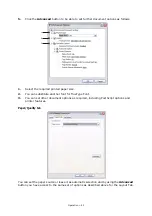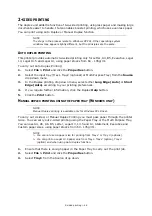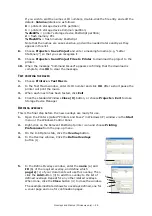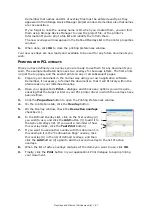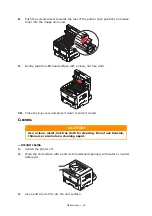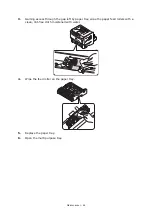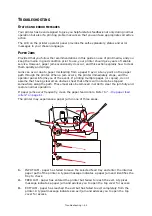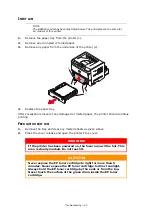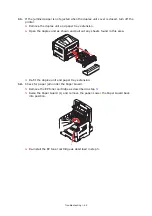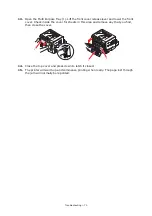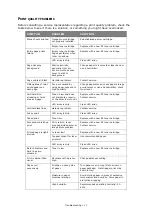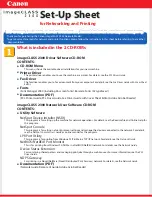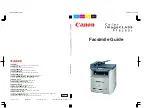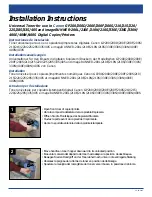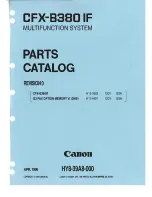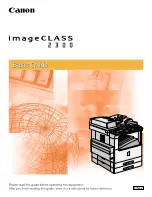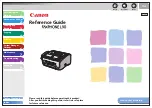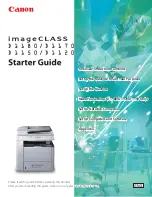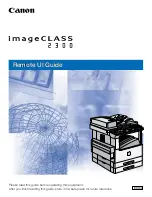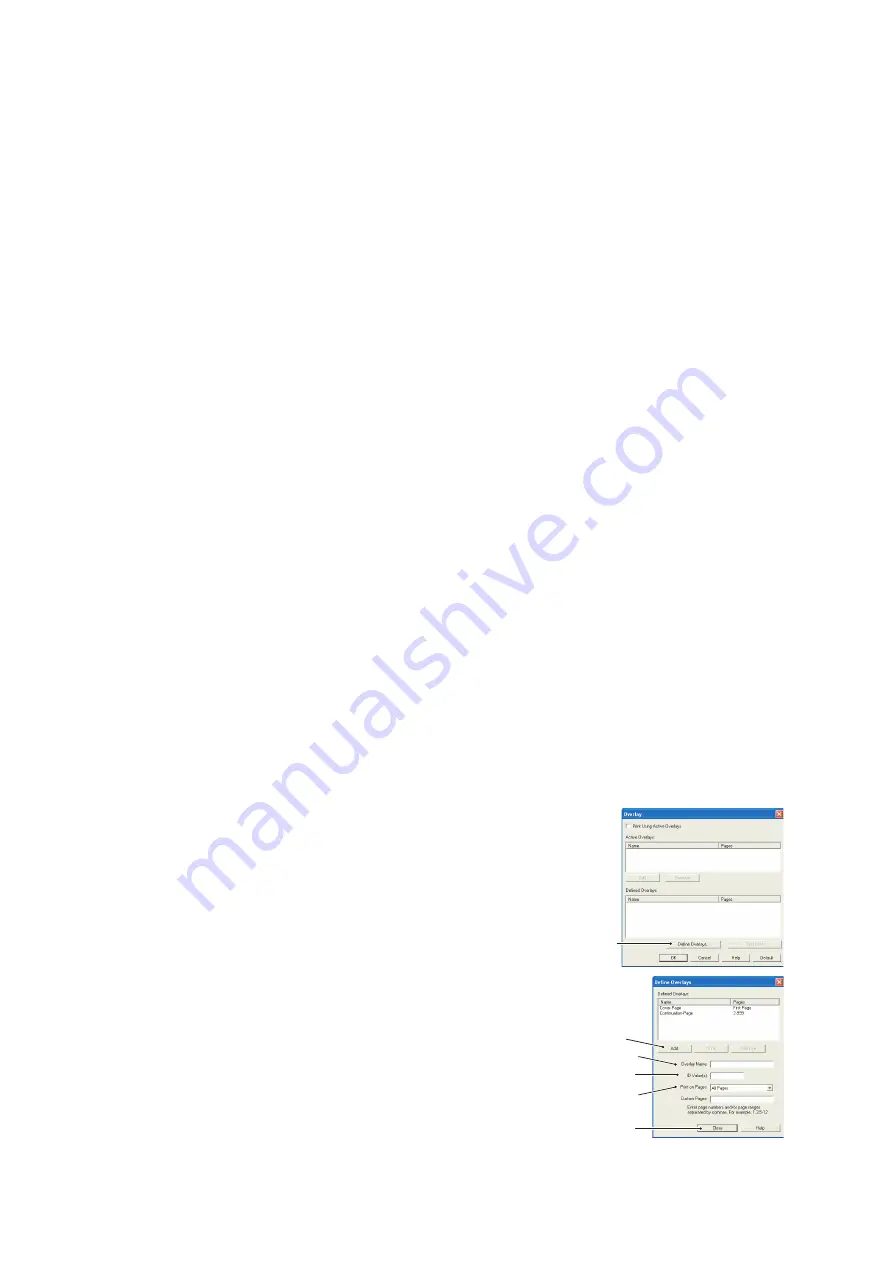
Overlays and Macros (Windows only) > 56
If you wish to edit the names or ID numbers, double-click the file entry and edit the
details.
Volume
details are as follows:
0
= printer’s storage device PCL partition;
1
= printer’s storage device Common partition;
%disk0%
= printer’s storage device PostScript partition;
2
= flash memory PCL
%Flash0%
= flash memory PostScript
Note that the names are case sensitive, and will be needed later exactly as they
appear in this list.
8.
Choose
Projects > Save Project
and enter a meaningful name (e.g. “Letter
Stationery”) so that you can recognise it.
9.
Choose
Projects > Send Project Files to Printer
to download the project to the
printer.
10.
When the message “Command Issued” appears confirming that the download is
complete, click
OK
to clear the message.
T
EST
PRINTING
THE
MACRO
1.
Choose
Printers > Test Macro
.
2.
In the Test Macro window, enter its ID number and click
OK
. After a short pause the
printer will print the macro.
3.
When each macro has been tested, click
Exit
.
4.
Click the standard Windows
Close (X)
button, or choose
Projects > Exit
to close
Storage Device Manager.
D
EFINING
OVERLAYS
This is the final step before the new overlays are ready for use.
1.
Open the Printers (called “Printers and Faxes” in Windows XP) window via the
Start
menu or the Windows Control Panel.
2.
Right-click on the Relevant PostScript printer icon and choose
Printing
Preferences
from the pop-up menu.
3.
On the Job Options tab, click the
Overlay
button.
4.
In the Overlay window, Click the
Define Overlays
button (1).
5.
In the Define Overlays window, enter the
name
(a) and
ID
(b) of the required overlay, and define which
page(s)
(c) of your documents will use this overlay. Then
click the
Add
button (3) to add this overlay to the list of
defined overlays. Repeat for any other related overlays.
When done, click the
Close
button (4) to close the window.
The example illustrated shows two overlays defined, one for
a cover page and one for continuation pages.
1
a
3
b
4
c

